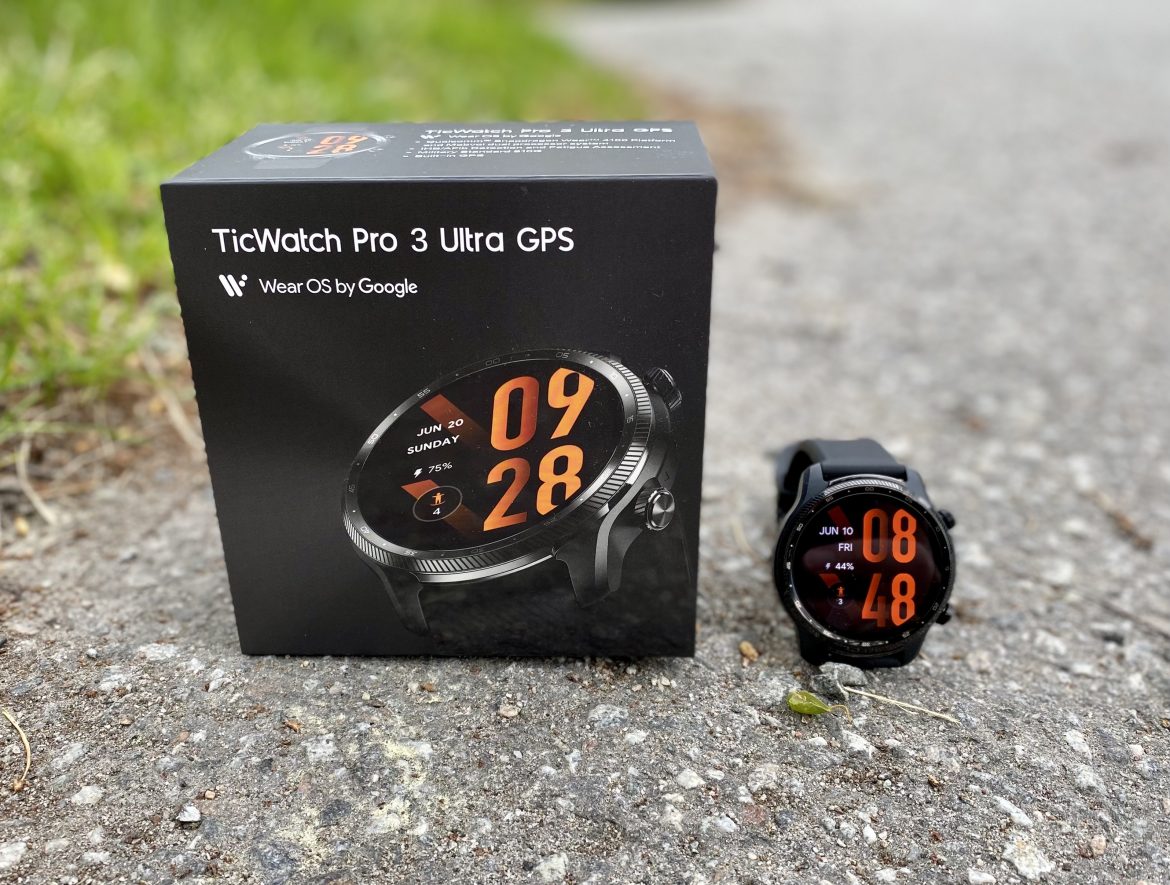TL;DR
The Mobvoi TicWatch Pro 3 Ultra GPS offers a durable, comfortable smartwatch experience with a wide range of features like GPS, heart rate monitoring, and sleep tracking. It boasts a fast processor and military-grade build, making it a solid choice for active users, especially with Android phones. However, it struggles with iOS connectivity, has some accuracy inconsistencies in health tracking compared to dedicated devices, and requires a Mobvoi account. Despite these quirks, its robust hardware and feature set make it a compelling option. Find out if it's the right smartwatch for you by reading the full review!
While Mobvoi may not be the most prominent brand in the Swedish smartwatch market, their Mobvoi TicWatch Pro 3 Ultra GPS stands out with its comprehensive feature set and robust hardware specifications. After several weeks of testing this latest smartwatch, we’ve assessed its array of functionalities, including sleep tracking, heart rate monitoring, oxygen saturation measurement, and GPS capabilities. This review will evaluate the overall user experience, the performance of its features, and ultimately, whether it justifies its price point.
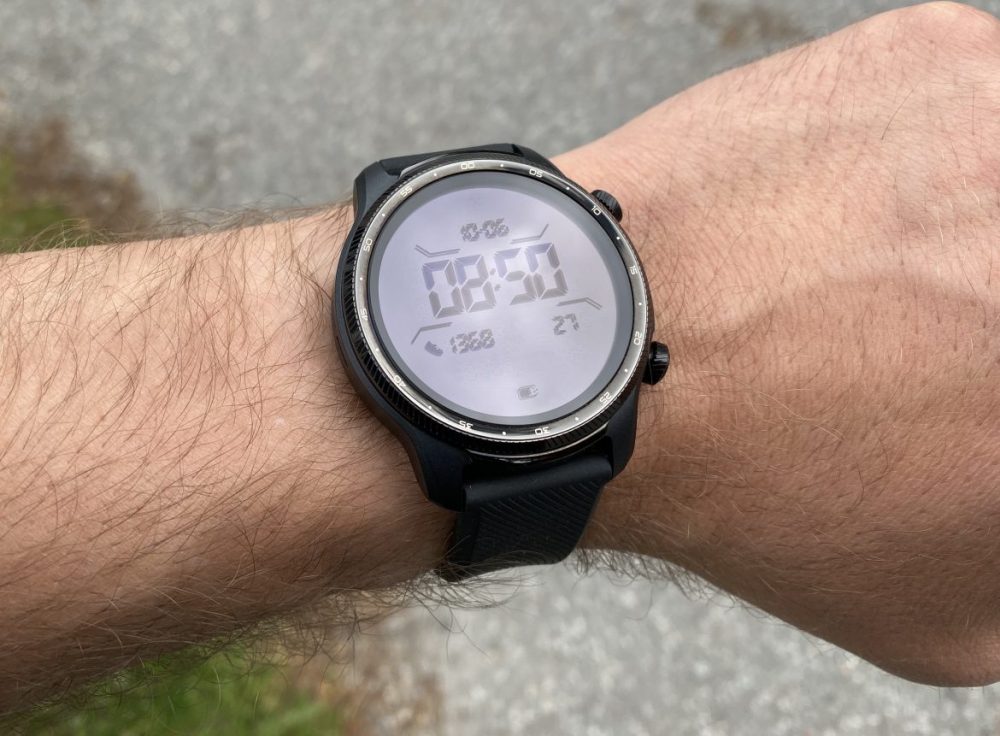
The TicWatch Pro 3 Ultra GPS is an upgraded version of the TicWatch Pro 3 Ultra (released in 2020), distinguished by the addition of GPS. Key improvements include a faster processor (Qualcomm Snapdragon Wear 4100 + dual Mobvoi co-processors) and enhanced durability meeting US Military Standard 810G, alongside its GPS functions. While the TicWatch Pro 3 Ultra GPS offers numerous advantages, it also presents some shortcomings.
The watch features a large, high-resolution display that may initially feel prominent. Color reproduction and clarity are excellent; however, visibility can be somewhat compromised in direct sunlight, though readability remains adequate. Weighing just 41 grams, the watch, coupled with its smooth and comfortable Fluro Rubber strap, provides a surprisingly pleasant wearing experience, suitable for both daytime use and overnight sleep tracking. The operating system is WearOS, Google’s competitor to Apple’s WatchOS. The tested version was 2.56, the currently widespread, though not latest, iteration. WearOS 3.0 is reportedly a significant upgrade, as experienced by Samsung Smart Watch 4 users. Mobvoi has confirmed that the watch is compatible with WearOS 3; however, the specific timeline for its implementation remains unclear. This rollout strategy is similar to that of Android smartphones, where updates are often staggered based on manufacturer size and resources. One notable drawback of the TicWatch Pro 3 Ultra GPS is its potentially unstable connection with iOS devices. Users may experience frequent disconnections from the paired iPhone or Wi-Fi network, requiring manual resynchronization via the WearOS app. While this issue might stem from the WearOS app on iOS, it presents an inconvenience. Connection stability was observed to be better with Android devices, which aligns with ecosystem expectations. Given the seamless performance of Apple Watch with non-Apple products, comparable functionality should be expected from Android-based smartwatches on iOS.
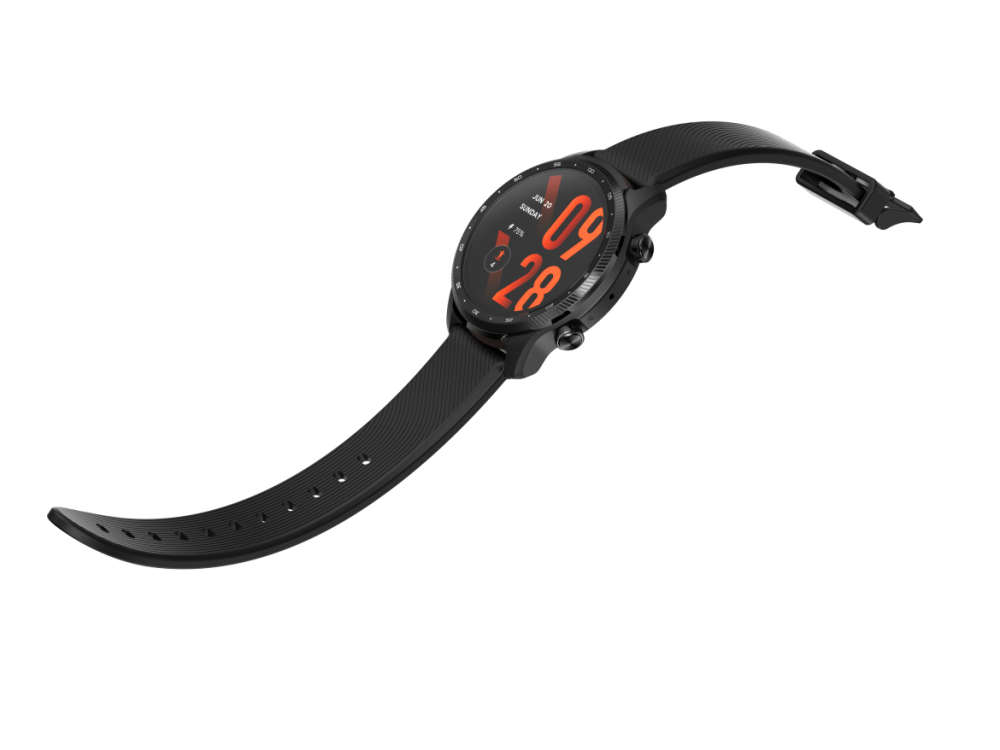
The TicWatch Pro 3 Ultra GPS supports automatic heart rate, blood oxygen saturation, sleep, and activity detection. The smartwatch can automatically map movements using GPS when it detects activities like cycling. The user interface, apps, and touch controls are well-designed and intuitive. Measurement accuracy is acceptable but not exceptional. Heart rate monitoring performs reliably. However, compared to a dedicated medical pulse oximeter, the watch’s oxygen saturation readings can vary between 95-100%, while the reference meter consistently showed 99-100%. Sleep tracking also shows some discrepancies. Compared to the Huawei Band 6, a well-regarded sleep tracker, the TicWatch Pro 3 Ultra GPS tended to report significantly higher deep sleep duration. While the Huawei Band 6 may underestimate deep sleep, the TicWatch Pro 3 Ultra GPS consistently reported twice as much, or even more. The heart rate monitoring feature includes atrial fibrillation detection, which is a valuable feature, but we were unable to evaluate it directly. Auto-workout detection can be inconsistent, sometimes activating during sedentary activities like bus rides. Manual initiation remains an option, but the overall reliability of the automatic detection feature is questionable.
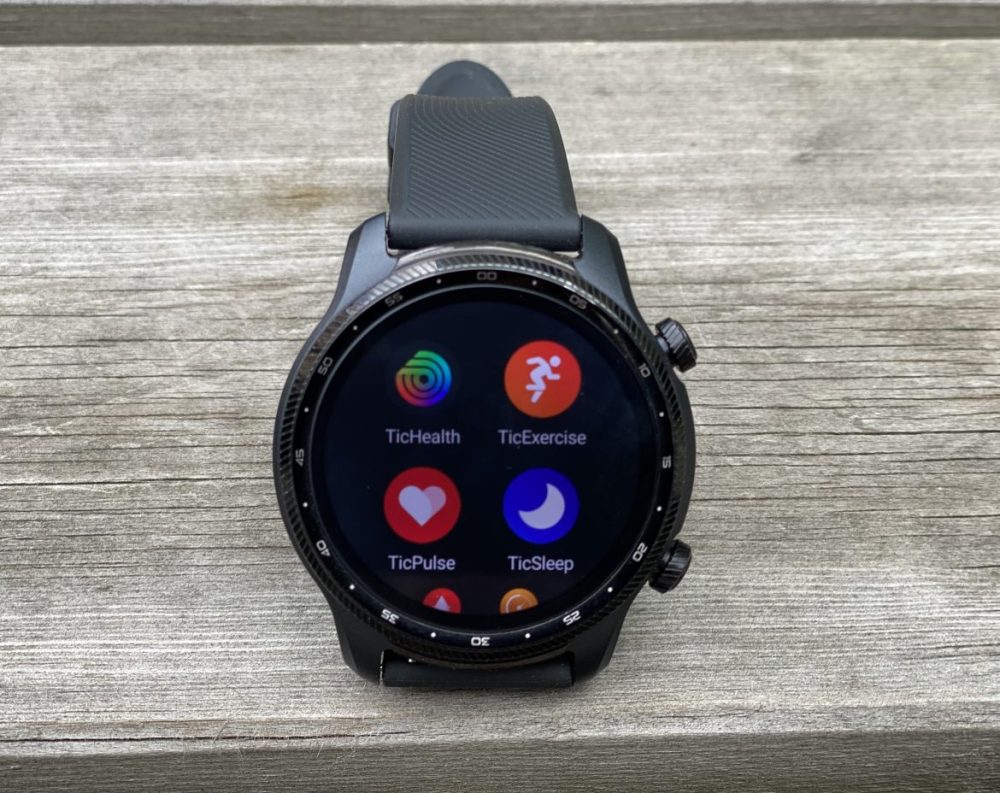
Similar to other Chinese brands, Mobvoi requires a user account (in addition to the Google account required for WearOS). This requirement is a notable drawback. While data sharing is optional, the necessity to create yet another account raises privacy concerns, particularly in light of the increasing number of services collecting personal data (Huawei employs a similar approach). While the system indicates that a Mobvoi account is optional, persistent prompts to log in and limited access to certain functions effectively make it a de facto requirement.
In other aspects, everyday use is seamless. With a Wi-Fi connection, Google Assistant is readily available for internet searches and information retrieval. Notifications are clearly displayed and easily readable on the large screen. Silent alarms and timers are also convenient. The integrated Google Play Store provides access to WearOS-specific apps, including Spotify, enabling local downloads of songs and podcasts for offline playback during workouts or runs. Furthermore, a calculator, Google Pay, and weather widget are readily accessible. Charging requires the included proprietary cable; however, a USB charger is included (unlike some competitors). Expect approximately three days of battery life with normal usage, with a full charge taking about 45 minutes. For users primarily interested in a digital clock, switching to Essential or Smart Mode extends battery life up to 45 days, albeit with disabled smart functionalities. Alternatively, a conventional wristwatch remains a viable option.
A significant consideration is the absence of wireless charging technologies, such as Qi, which are commonly available in homes and offices.
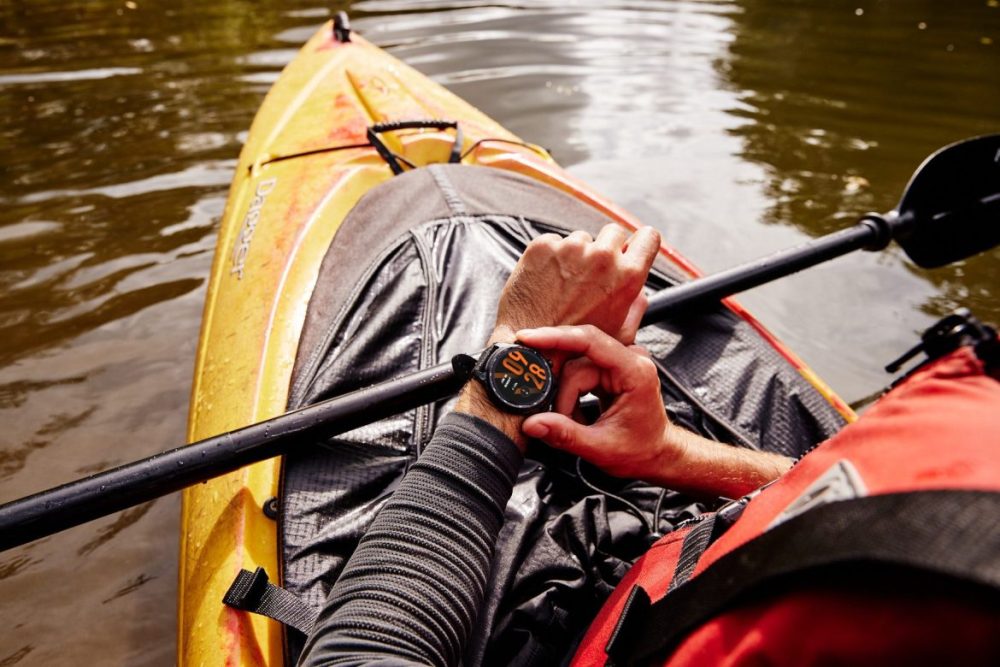
The Mobvoi TicWatch Pro 3 Ultra GPS presents a compelling package with its comfortable design, robust durability, and extensive feature set. While certain drawbacks are present, they are not critical enough to preclude a recommendation. For a price of 3,000 kronor, alternative smartwatches offer WearOS 3.0 (though the TicWatch Pro 3 Ultra GPS is slated to receive it) or a more seamless iPhone integration (e.g., Apple Watch), potentially at the expense of GPS functionality. The TicWatch Pro 3 Ultra GPS is a suitable choice for active outdoor enthusiasts seeking a durable smartwatch capable of withstanding demanding conditions and providing a comprehensive suite of features – with the caveat of varying accuracy in certain measurements – particularly when paired with an Android phone.
